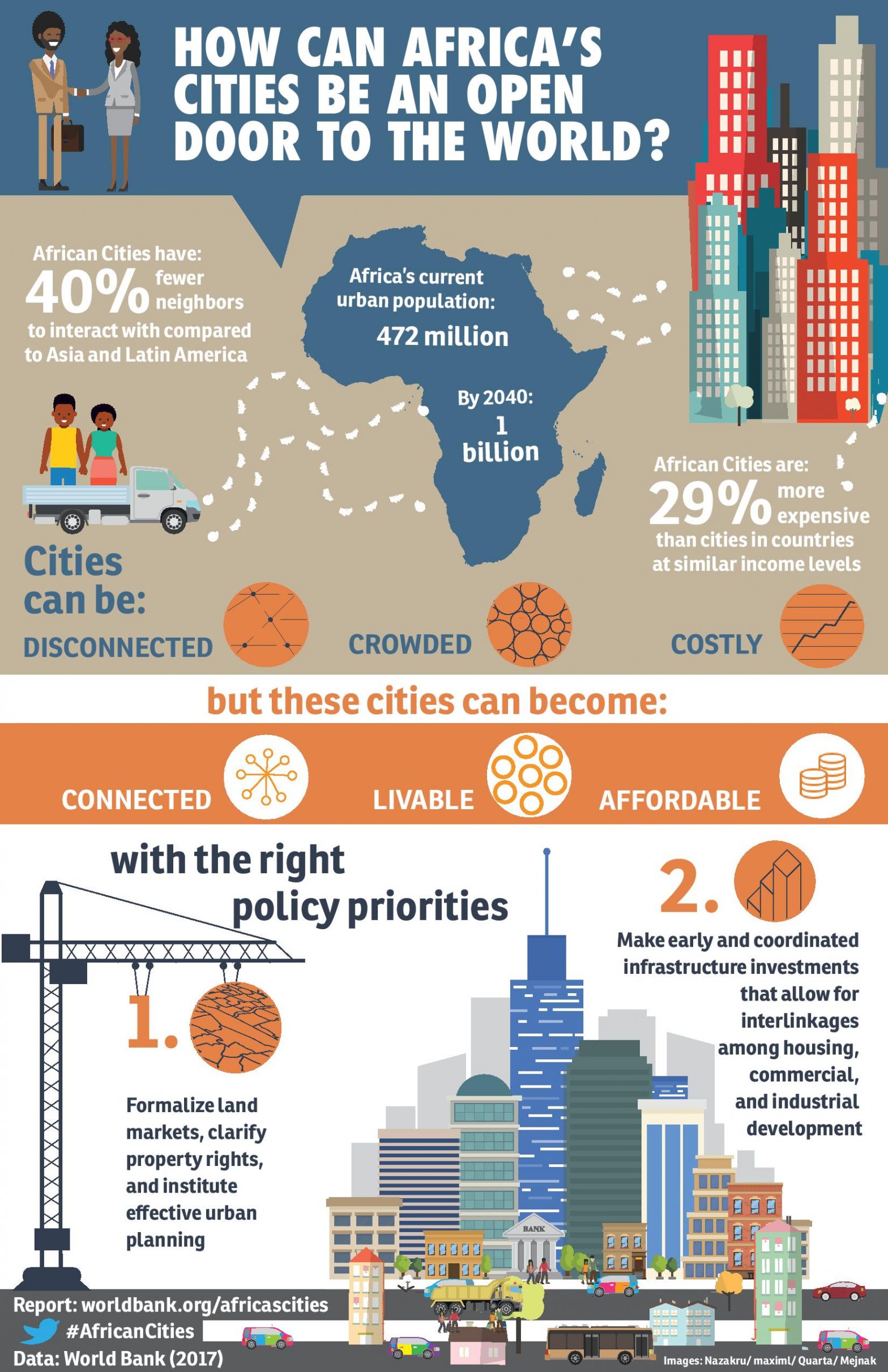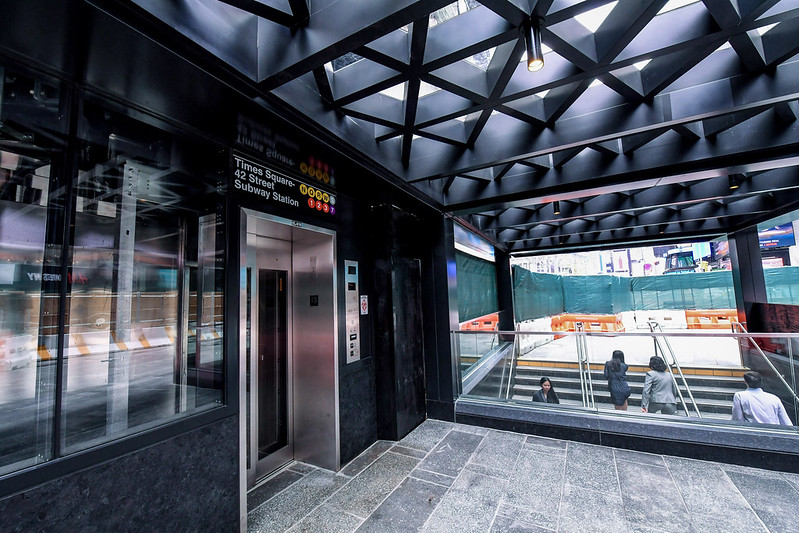
Aggressive infrastructure investment key for African cities
15 February 2017
by Nick Michell
Improving conditions in African cities by aggressively investing in infrastructure and reforming land markets is the key to accelerating economic growth and improving city competitiveness, says a new World Bank report.
With Africa’s urban population currently standing at 472 million people, the report, Africa’s Cities: Opening Doors to the World, states that as cities grow in size, another 187 million people will be added to urban areas by 2025.
“If you look at a city such as Paris, Barcelona, Hong Kong or Shanghai, there is a built environment made up of investments in infrastructure, which connect investments in housing areas, commercial centres and other facets of industry,” said Ede Ijjasz-Vasquez, Senior Director of the World Bank’s Social, Urban, Rural and Resilience Global Practice. “This investment supports large concentrations of employment for people across the city, providing opportunity while at the same time delivering the services and amenities that make cities more liveable and attractive to the best innovators. Africa’s cities must open their doors and connect to the world.”
Rapid urbanisation at lower incomes has meant that capital investment in African cities has remained relatively low for the past four decades, at around 20 percent of GDP. In contrast, urbanising countries in East Asia–China, Japan, and South Korea–stepped up capital investment during their periods of urbanisation.
Lacking capital investment, the report emphasises that investments in African cities’ infrastructure, industrial, and commercial structures have not kept pace with concentration of people, nor have those in affordable formal housing. The potential for coordinated investments in infrastructure, residential, and commercial structures is significant, which will enhance agglomeration economies and connect people with jobs.
“From an investment standpoint, Africa’s leaders and policy makers need to focus on early, coordinated infrastructure investments,” added Somik Lall, Lead Urban Economist at the World Bank and author of the report. “Without this, they will remain local cities, closed to regional and global markets, trapped into producing only locally traded goods and services, and limited in their economic expansion. African cities need to create an internationally competitive tradable sector in order to stay open for business.”
The report explains that African cities are among the costliest in the world both for businesses and households, leaving cities “out of service and closed for business”. African cities are 29 percent more expensive than cities in countries at similar income levels. African households face higher costs relative to their per capita GDP than households in other regions–much of it accounted for by housing, which costs 55 percent more than in other regions.
In addition, urban workers in Africa are also forced to pay high commuting costs, or they cannot afford to commute by vehicle at all, and the informal minibus systems are far from cost efficient, leaving many having to walk to work. The need to walk to work limits these residents’ access to jobs. Without sufficient formal development, informal settlements that are relatively central and thus close to jobs–such as Kibera in Nairobi, and Tandale in Dar es Salaam–are constantly growing in population.
“In Africa we need to put the emphasis on productivity,” said Albert Zeufack, World Bank Chief Economist for Africa. “It cannot simply be business as usual. For instance a rise in agricultural productivity would be required to supply increasingly growing urban areas.”











